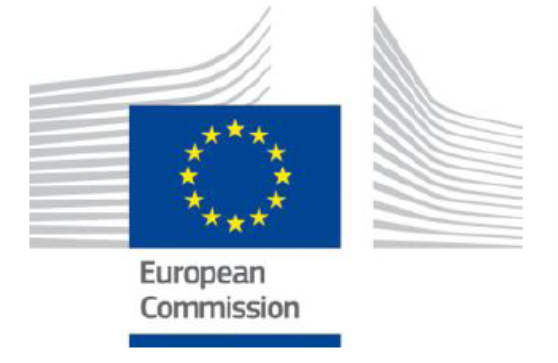European Commission Economic Sentiment Indicator, December 2023: The European Commission (EC) draws from a range of surveys to construct confidence indicators for five sectors of the economy and then uses these to calculate up its Economic Sentiment Indicator (ESI) which is converted to an index based on the long-run average.
The December* reading built upon the small rises that we saw in October* and November* with a more substantial rise in the ESI for both the EU and the Euro-zone, although it remains below the long-run average in both areas. The improvement was driven by higher confidence among consumers, the retail trade, services and, to a lesser extent, construction, while confidence in industry remained broadly unchanged.
The flat trend for industry confidence for the 5th consecutive month came as survey respondents assessed that the current level of order books continued to decline but fewer considered the stocks of finished products as too high/above normal and their production expectations remained virtually unchanged. There are two other questions which are not included in the calculation of confidence for the industry sector – output over the previous 3 months was reported to have improved again but the assessment of export order books worsened.
Among the larger EU economies, there was a significant improvement in the ESI for Italy, Spain and Germany, but it fell in the Netherlands and, to a lesser extent, France, while Poland was broadly stable.
As hinted above, the ESI is calculated against the long-run average, so we can look at the position of the individual countries against their own historical situation which is the best way to compare between countries. In the latest reading, all but 7 countries still have an ESI below 100 in this survey; the exceptions are Bulgaria, Croatia, Cyprus, Greece, Malta, Romania and Spain – Malta and Spain moved back into this group with an improved ESI this month. The EU candidate countries also participate in this survey and Albania, Montenegro and Serbia also have an ESI reading above their long-run average.
- Note that although dated December, the data collection period was from 1st to 20th of that month, so the trends really refer to November and the 3-month periods ending and following this month.
You can download the EC report and statistical annex from their web-site at https://ec.europa.eu/info/business-economy-euro/indicators-statistics/economic-databases/business-and-consumer-surveys/download-business-and-consumer-survey-data/press-releases_en or you can request it from MTA.
European Investment & Profitability, 3rd Quarter 2023: Eurostat has published data on the investment rate and profitability although, bizarrely, this is mixed up in a report which is headlined to be about the household saving rate.
The investment rate for non-financial corporations in the Euro-zone fell from 23.1% in the 2nd period of the year to 22.9% in Q2, although it is still just above the level we saw in the 4th quarter of 2022. The gross investment rate of non-financial corporations is defined as gross fixed capital formation divided by gross value added – this ratio relates investment in fixed assets (buildings, machinery etc.) to the value added created during the production process. The fall in the investment rate was because business gross fixed capital formation declined by -0.2%, while gross value-added rose by +0.8%.
The profit share of non-financial corporations in the Euro-zone fell to 40.2% compared to 40.7% in the 2nd period of 2023; this measure has been falling since its peak of 41.5% in the 3rd quarter of 2022. The profit share of non-financial corporations is defined as gross operating surplus divided by gross value added. This shows the share of the value added created during the production process remunerating capital and it is the complement of the share of wage costs (plus other taxes minus other subsidies on production) in value added. The lower level of business profit share is explained by the increase in business compensation of employees (wages and social contributions) plus taxes less subsidies on production at +1.5% being at a faster rate than the growth in gross value added (+0.8%).
You can get the full details from the Eurostat News Release which can be downloaded from their website at https://ec.europa.eu/eurostat/news/euro-indicators (11 January – listed as “household saving rate” which is part of the same document) or requested from MTA.

